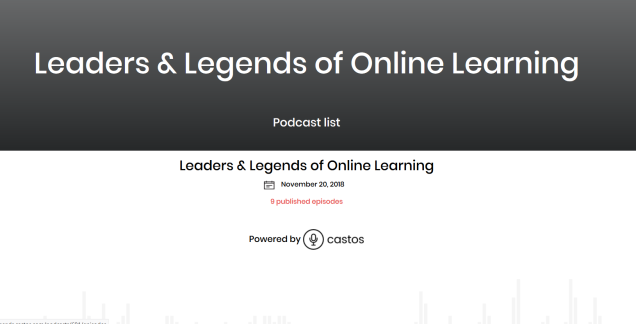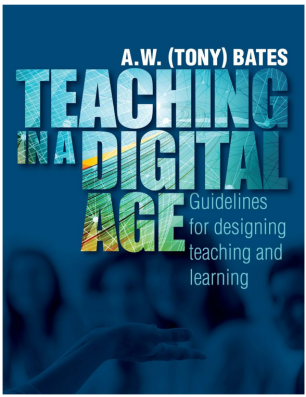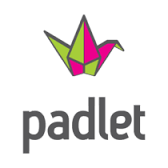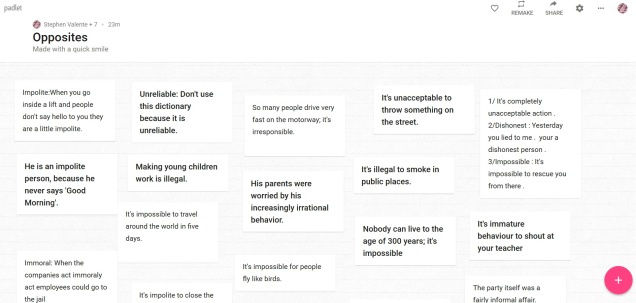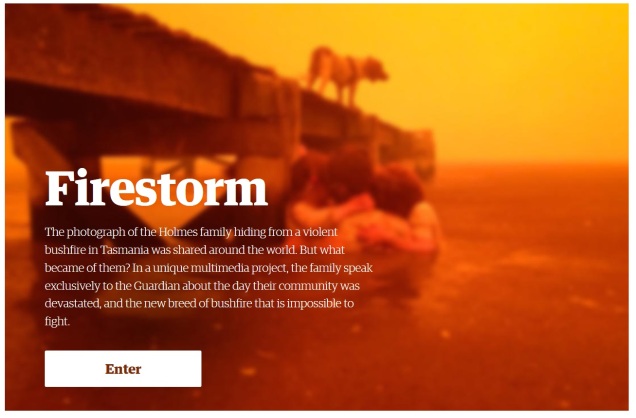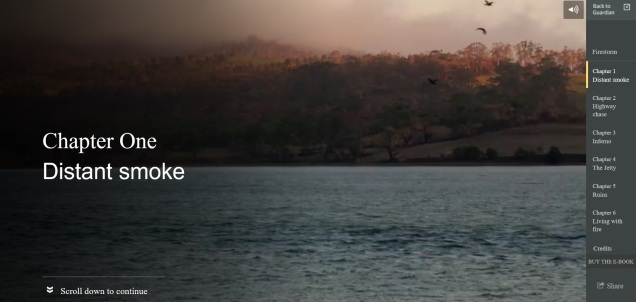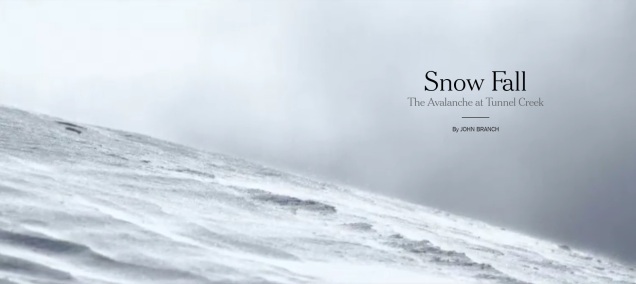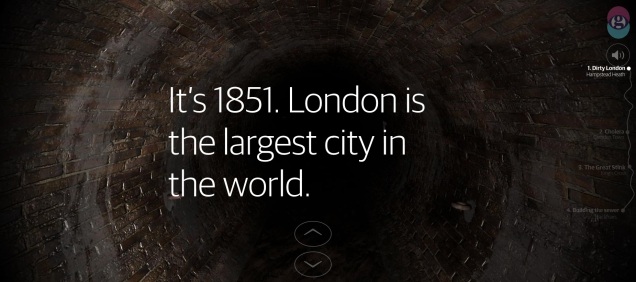Level: B1+
Age: Teens to Adults
Theme: Animals, Conditionals, Life or Death situations
Do or Die is a great TV series from the National Geographic Channel and so guarantees lots of informative engaging content that can be used in class.
Here are some warm-up questions that I set (copy and past onto preferred presentation program:
- What are the most popular sports in the USA/Middle East/Europe/Asia?
- Do you know about any strange sports that are unique to particular countries?
Gaelic football / Bull fighting / Basque pelota / Highland games
Watch the start of the video clip, did your group mention these sports?
Answer this question:
- How many people a year typically attend the major sports stadiums in North America? 277 million
Stop the video clip
Next section:
- What are the bulls selectively bread to possess?
Enhanced aggression, strength and stamina
- What speed can a bull reach when charging?
40 mph
- What is being hit by bull like?
An 1,100 pound battering ram
Stop video and ask question in pairs / groups
Then show the three options on the clip.
What does flank / bleacher mean?
Which option would you choose?
Here’s what you should consider.
Q1. What do loud noises do to the bull? Raise its hearbeat.
Q2. How far can a large fighting bull toss a full grown man?
More than 30 feet / 10 feet higher than a single story house.
Q3. How big is a bull’s fight zone? 100 feet
Make your final choice: A, B or C.
Stop clip, students pick final choice and write on mini whiteboards.
Which choice is correct / wrong? Why?
A – Move towards the bull’s flanks: Lateral positioning of eyes, 330 degree panoramic vision, blind-spot behind, bucking bull not appropriate.
B – Wave a Light-Coloured Cloth: matador waves red cape, white has opposite effect? No. Bulls are colour blind.
C – Run down the bleachers: forelegs shorter than hind legs. Poor depth perception shadows/downwards slopes.



